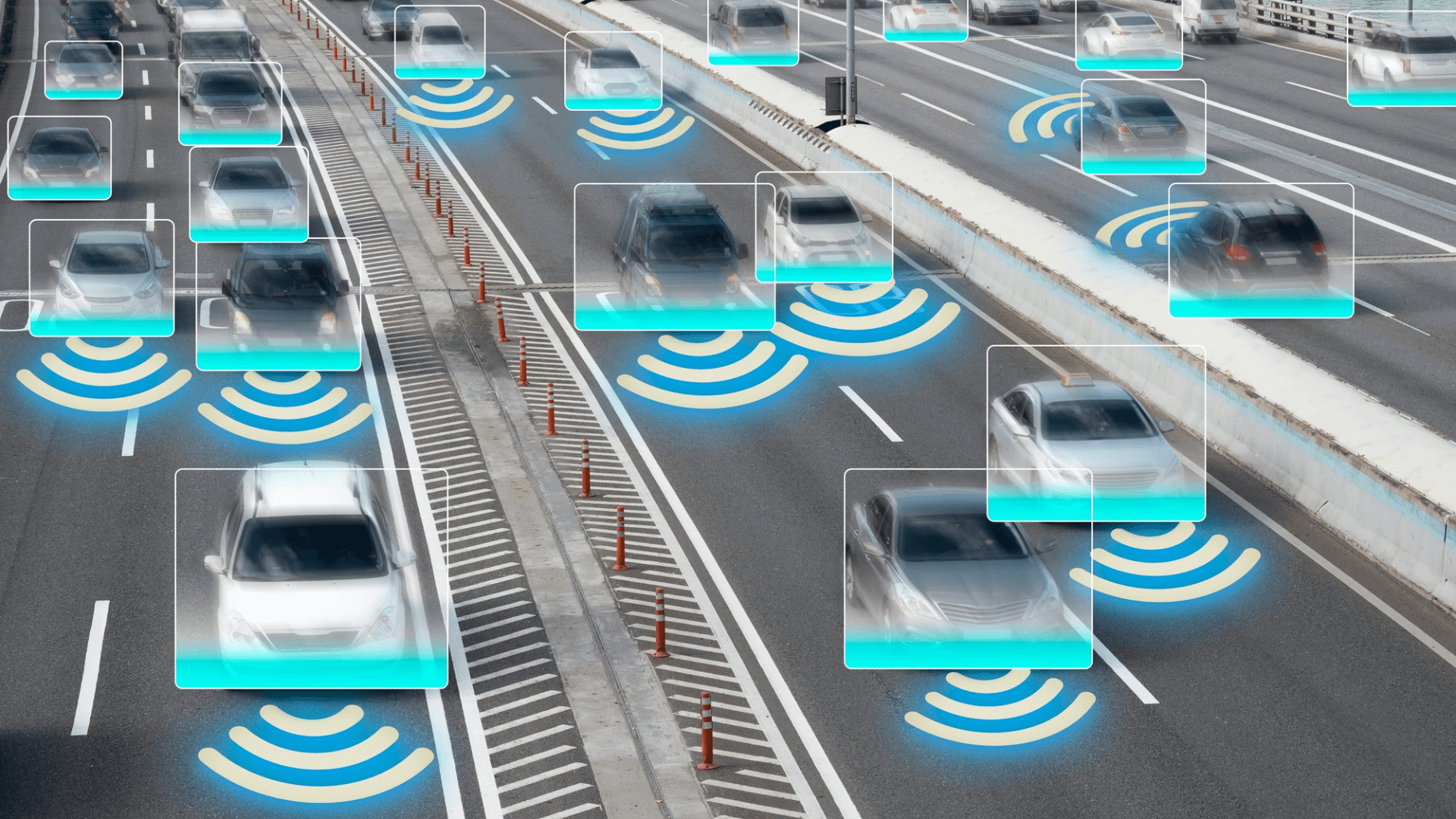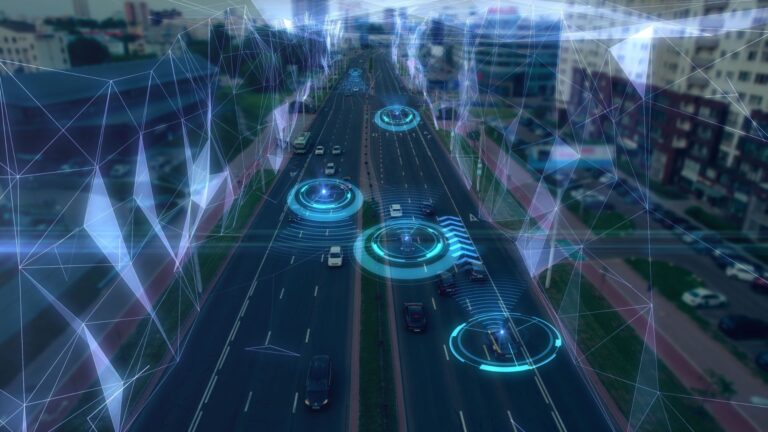As automated traffic enforcement (ATE) systems become increasingly common on North American roads and shows great success in making roads safer, an old debate continues to exist: Do these systems infringe on individual privacy rights? While this concern is valid in theory, the reality is that modern ATE systems are built with privacy, fairness, and accountability at their core. With a growing patchwork of legislation across different states, it’s important to demystify the technology and explore why these systems are not only ethical, but essential for safer, and even more equitable roads.
The Origin of the Privacy Debate
Opposition to automated enforcement often hinges on fears of “big brother” like over-surveillance and misuse of data. The idea of cameras constantly watching and recording drivers can cause discomfort and skepticism in civilians. However, this perception is based more on outdated myths than on the sophisticated systems currently deployed, which are purpose-built to detect only traffic violations and do not monitor broader driver behavior.
Unlike surveillance cameras that capture continuous footage, ATE cameras are programmed to activate only when a specific violation occurs, such as running a red light or speeding in a designated zone. The system captures a snapshot of the license plate — not the driver — and that data is used solely to issue citations. Personal details like the driver’s identity are not determined by the camera but are matched later through secure, regulated databases maintained by state DMVs.
Clear Laws Help Protect Privacy and Ensure Fair Use
The implementation of ATE systems in North America is also not a free-for-all. Many states like California, Illinois, New York, and Virginia have enacted specific laws governing how, when, and where automated enforcement can be used. These laws typically include requirements such as:
- Mandatory signage indicating camera use
- Public transparency on violation data and program results
- Limitations on data retention and sharing
- Oversight by local governments or third-party audits
- An opportunity to contest citations
For example, Illinois law requires that red-light camera violations be reviewed and approved by a sworn law enforcement officer before a citation is issued. Meanwhile, in Richmond, Virginia, the city’s speed camera program near schools operates during limited hours and in designated corridors only, reinforcing the system’s targeted and justified use.
ATE Systems Promote Fairness and Social Equity
One of the strongest ethical arguments in favor of automated enforcement is its consistency. While human judgment plays an important role in law enforcement, it can sometimes lead to inconsistencies or unintended bias during traffic stops. ATE systems, on the contrary, apply the same rules to every vehicle, regardless of the driver’s race, gender, or socioeconomic background.
This consistency not only removes the possibility of discriminatory enforcement but also provides greater transparency. Jurisdictions like Montgomery County, Maryland, and Portland, Oregon publish anonymized violation data, offering the public clear insights into how enforcement is applied and whether it is effective.
In many cases, ATE programs are paired with equity-focused policies, such as graduated fines based on violators’ income, community reinvestment of revenue, and forgiveness programs for low-income drivers. Some cities, like Albuquerque, New Mexico, even offer community service alternatives for individuals who are unable to pay their fines, helping to ensure financial hardship doesn’t prevent accountability or worsen inequity. These initiatives ensure that enforcement doesn’t disproportionately burden vulnerable populations while still maintaining road safety.
Closing the Technology Trust Gap
Skepticism toward technology in law enforcement is understandable, especially in an age of data breaches and increasing digital surveillance. However, ATE technology is among the most narrowly focused and tightly regulated in the public safety sector.
These systems are not connected to facial recognition databases. They do not monitor travel patterns. They don’t record personal conversations or track driver behavior beyond the triggering incident. All data is stored in secure systems, with access limited to authorized personnel. Many jurisdictions also require periodic audits to ensure compliance with privacy laws.
Further, public education campaigns typically play a key role in building trust. When communities understand that these systems are designed to target dangerous and law-incompliant behaviors — not people — they are more likely to view them as protective, not punitive.
A Positive Path Forward
Ultimately, the ethical debate around automated traffic enforcement is no longer about whether we should use the technology — it’s about how we implement it. And across North America, cities and states are doing just that with increasing care and consideration.
When designed and governed responsibly, ATE systems offer a safer, fairer, and more consistent approach to traffic law enforcement. They reduce dangerous driving, free up law enforcement resources, and eliminate the biases that too often undermine public trust in policing.
By prioritizing transparency, limiting data use, and enacting strong oversight, states can ensure that automated enforcement remains not only effective but ethically sound.
In short, privacy concerns are not only addressable — they are already being addressed. And when the result is safer streets, fewer fatalities, and a more equitable transportation system, the ethical case for ATE becomes not just valid, but vital.






